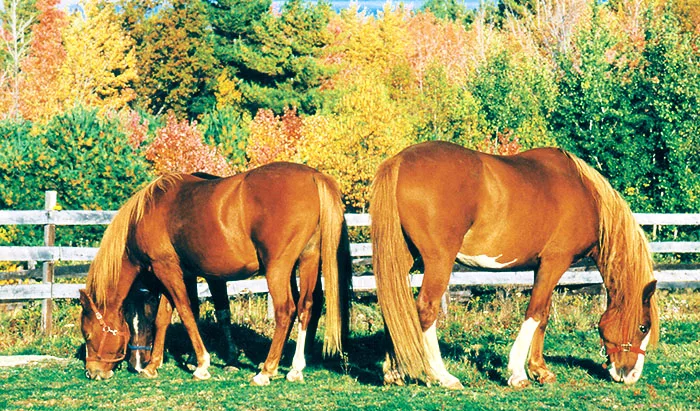American Farriers Journal
American Farriers Journal is the “hands-on” magazine for professional farriers, equine veterinarians and horse care product and service buyers.

Common factors influencing the quality of the hoof are genetics, environment, farriery and nutrition. The horse’s hoof is made up of or affected by all components of the equine diet, including protein, fat, carbohydrates, vitamins and minerals. Since there is no one nutritional panacea for hoof health, balancing these components (based on the horse’s age and lifestyle) is important for the overall health of the horse and its hooves.
It is also important to review the research that has been conducted on how different nutrients may affect the growth of the hoof and to share this information with your horseshoeing clients. To understand how nutrition can help or hinder the hoof, it is essential to understand how the horse digests and absorbs different components of its diet.
The horse has evolved as a continuous grazing, non-ruminant herbivore, although it has a significant capacity for digesting cereal grains. Its digestive track is well adapted to small, high-fiber meals due to the continuous microbial fermentation that occurs in the cecum and colon. The fact that humanity has domesticated the horse and increased its energy demands has brought about the need to supplement its diet with higher-energy, well-balanced concentrates.
The digestive tract of the horse can be broken down into two systems. The first, including the stomach and small intestine, is very similar to that of man and dog. The second, the hindgut of the horse, has many similarities to the foregut of the cow.
The stomach of the…